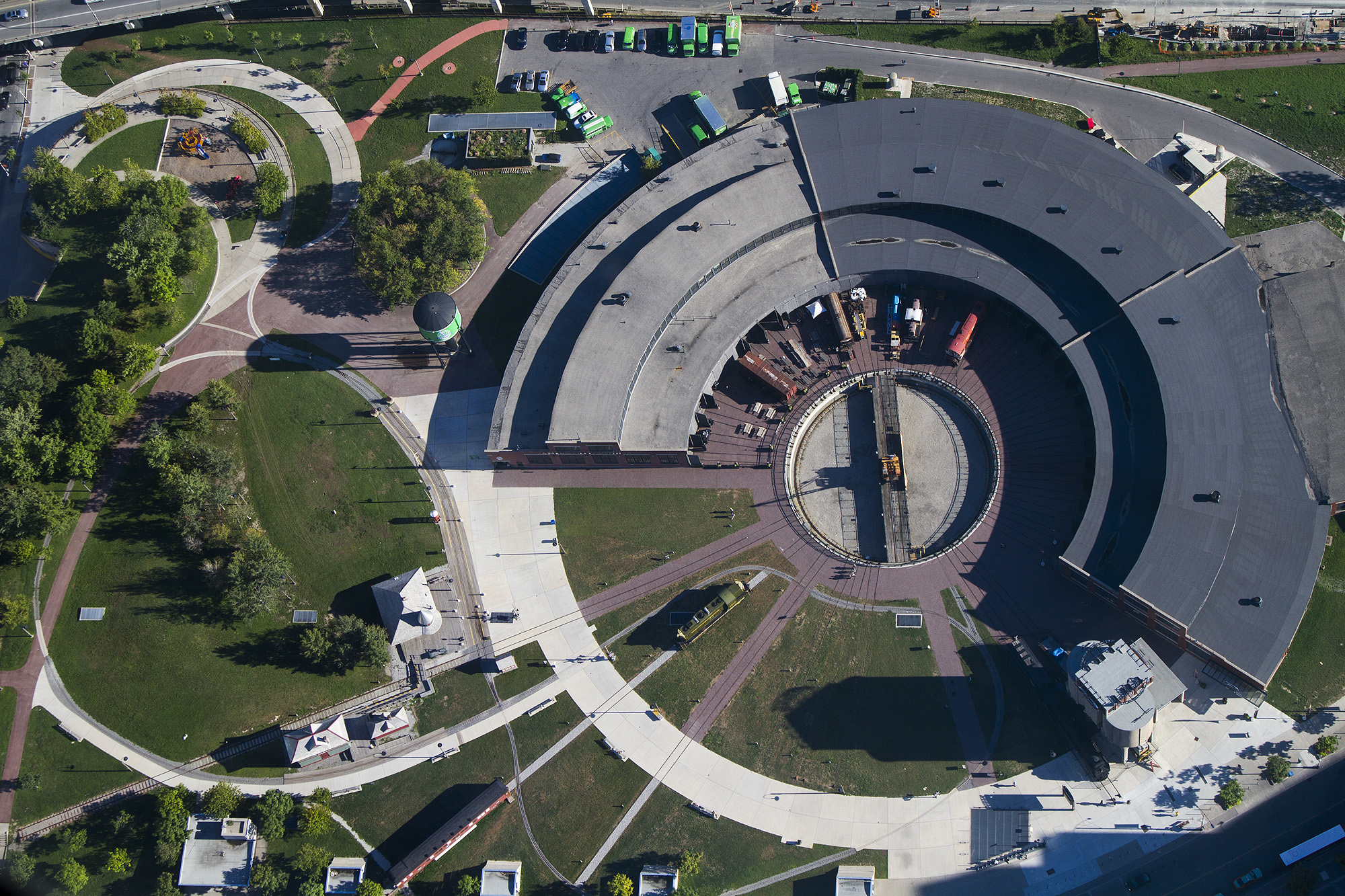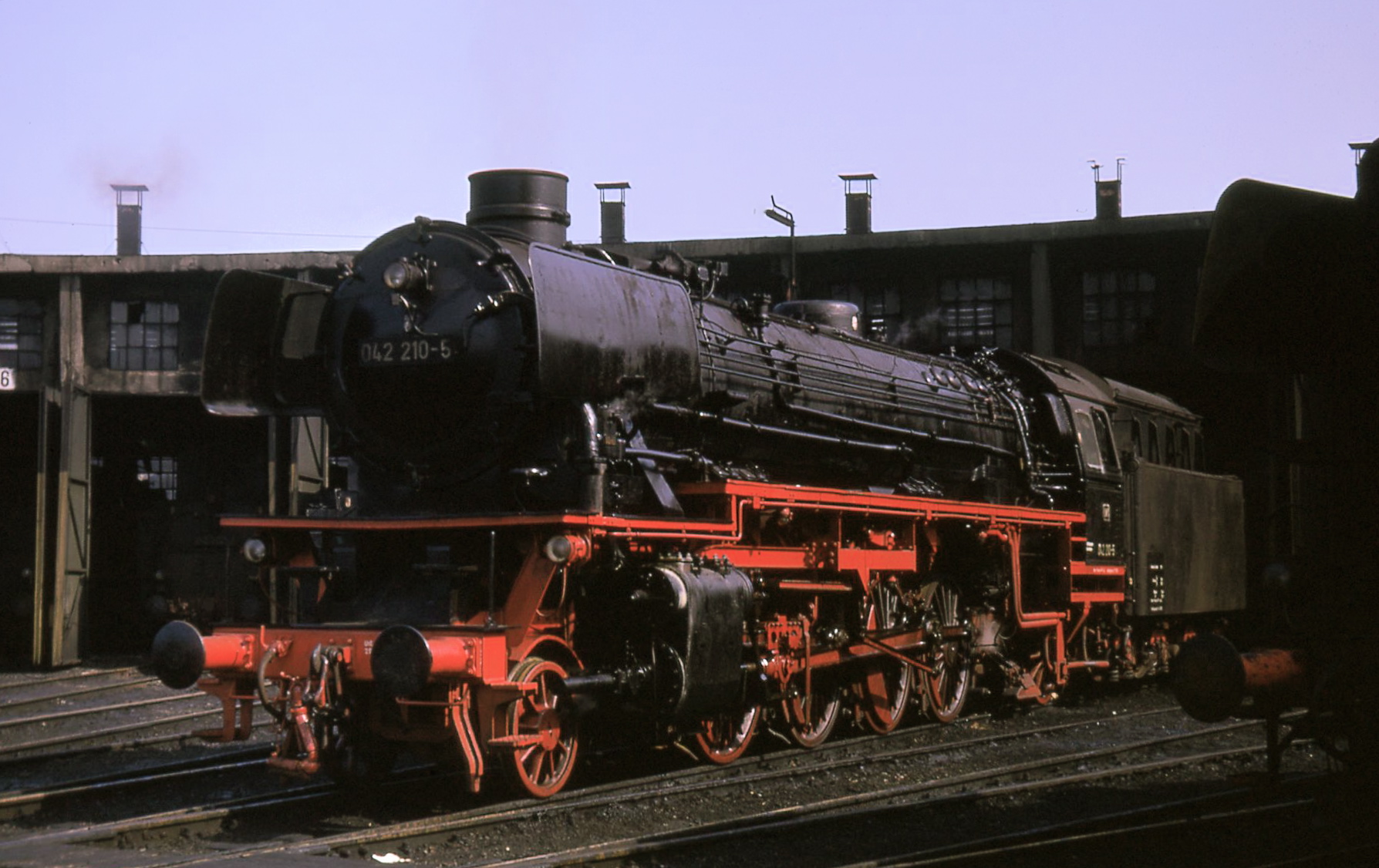|
Traditionsbetriebswerk Staßfurt
The Traditionsbetriebswerk Stassfurt (Stassfurt Heritage Locomotive Depot) is a German railway motive power depot at Stassfurt in the state of Saxony-Anhalt that was opened in 1856. Today the locomotive depot, that lies on the Schönebeck to Güsten railway line, is operated by the society ''Eisenbahnfreunde Traditionsbahnbetriebswerk Staßfurt'' (Railway Friends of the Stassfurt Heritage Locomotive Depot). The locomotive roundhouse, with its 20m turntable, is over 100 years old and can accommodate 24 locomotives. Until 1988, DRG Class 41 The German Class 41 steam locomotives were standard goods train engines ('' Einheitslokomotiven'') operated by the Deutsche Reichsbahn (DRB) and built from 1937 to 1941. History In the search for a new, fast, goods train locomotive, the Deu ... and Class 50 steam locomotives were deployed from here on regular passenger, fast-stopping and freight services. External links Eisenbahnfreunde Traditionsbahnbetriebswerk Staßfurt e.V. ... [...More Info...] [...Related Items...] OR: [Wikipedia] [Google] [Baidu] |
Motive Power Depot
The motive power depot (MPD) or locomotive depot, or traction maintenance depot (TMD), is the place where locomotives are usually housed, repaired and maintained when not being used. They were originally known as "running sheds", "engine sheds" or, for short, just sheds. Facilities are provided for refuelling and replenishing water, lubricating oil and grease and, for steam engines, disposal of the ash. There are often workshops for day to day repairs and maintenance, although locomotive building and major overhauls are usually carried out in the locomotive works. (Note: In American English, the term ''depot'' is used to refer to passenger stations or goods (freight) facilities and not to vehicle maintenance facilities.) German practice The equivalent of such depots in German-speaking countries is the ''Bahnbetriebswerk'' or ''Bw'' which has similar functions, with major repairs and overhauls being carried out at ''Ausbesserungswerke''. The number of these reduced drastic ... [...More Info...] [...Related Items...] OR: [Wikipedia] [Google] [Baidu] |
Saxony-Anhalt
Saxony-Anhalt (german: Sachsen-Anhalt ; nds, Sassen-Anholt) is a state of Germany, bordering the states of Brandenburg, Saxony, Thuringia and Lower Saxony. It covers an area of and has a population of 2.18 million inhabitants, making it the 8th-largest state in Germany by area and the 11th-largest by population. Its capital is Magdeburg and its largest city is Halle (Saale). The state of Saxony-Anhalt was formed in July 1945 after World War II, when the Soviet army administration in Allied-occupied Germany formed it from the former Prussian Province of Saxony and the Free State of Anhalt. Saxony-Anhalt became part of the German Democratic Republic in 1949, but was dissolved in 1952 during administrative reforms and its territory divided into the districts of Halle and Magdeburg. Following German reunification the state of Saxony-Anhalt was re-established in 1990 and became one of the new states of the Federal Republic of Germany. Saxony-Anhalt is renowned for its ri ... [...More Info...] [...Related Items...] OR: [Wikipedia] [Google] [Baidu] |
Schönebeck (Elbe)
Schönebeck (), officially Schönebeck (Elbe), is a town in the district of Salzlandkreis, in Saxony-Anhalt, Germany. It is situated on the left bank of the Elbe, approx. southeast of Magdeburg. For much of the twentieth century it was noted for its large salt mine. The manor house of Schönebeck was owned by Count Heinrich von Blumenthal, Mayor of Magdeburg, until 1810. The firm of Sellier & Bellot opened a munitions factory there in the 1829. Geography The town Schönebeck consists of Schönebeck proper and three ''Ortschaften'' or municipal divisions, that were independent municipalities until January 2009, when they were absorbed into Schönebeck:Hauptsatzung der Stadt Schönebeck (Elbe) February 2021. [...More Info...] [...Related Items...] OR: [Wikipedia] [Google] [Baidu] |
Güsten
Güsten is a town in the Salzlandkreis, district of Salzlandkreis, in Saxony-Anhalt, Germany. It is situated on the river Wipper (Saale), Wipper, west of Bernburg. It is part of the ''Verbandsgemeinde'' ("collective municipality") Saale-Wipper. It absorbed the former municipality Amesdorf in January 2010. Statistisches Bundesamt Notable people  * Arno Philippsthal (1887-1933), physician and one of th ...
* Arno Philippsthal (1887-1933), physician and one of th ...
[...More Info...] [...Related Items...] OR: [Wikipedia] [Google] [Baidu] |
Railway Roundhouse
A railway roundhouse is a building with a circular or semicircular shape used by railways for servicing and storing locomotives. Traditionally, though not always the case today, these buildings surrounded or were adjacent to a turntable. Overview Early steam locomotives normally traveled forwards only. Although reverse operations capabilities were soon built into locomotive mechanisms, the controls were normally optimized for forward travel, and the locomotives often could not operate as well in reverse. Some passenger cars, such as observation cars, were also designed as late as the 1960s for operations in a particular direction. Turntables allowed locomotives or other rolling stock to be turned around for the return journey, and roundhouses, designed to radiate around the turntables, were built to service and store these locomotives. Most modern diesel and electric locomotives can run equally well in either direction, and many are push-pull trains with control cabs at ea ... [...More Info...] [...Related Items...] OR: [Wikipedia] [Google] [Baidu] |
Turntable (rail)
In rail terminology, a railway turntable or wheelhouse is a device for turning railway rolling stock, usually locomotives, so that they can be moved back in the direction from which they came. Naturally, it is especially used in areas where economic considerations or a lack of sufficient space have served to weigh against the construction of a turnaround wye. In the case of steam locomotives, railways needed a way to turn the locomotives around for return trips as their controls were often not configured for extended periods of running in reverse and in many locomotives the top speed was lower in reverse motion. In the case of diesel locomotives, though most can be operated in either direction, they are treated as having "front ends" and "rear ends" (often determined by reference to the location of the crew cab). When operated as a single unit, the railway company often prefers, or requires, that a diesel locomotive is run "front end" first. When operated as part of a multiple ... [...More Info...] [...Related Items...] OR: [Wikipedia] [Google] [Baidu] |
DRG Class 41
The German Class 41 steam locomotives were standard goods train engines ('' Einheitslokomotiven'') operated by the Deutsche Reichsbahn (DRB) and built from 1937 to 1941. History In the search for a new, fast, goods train locomotive, the Deutsche Reichsbahn-Gesellschaft (DRG) in 1934 was attracted by the proposal from the Berliner Maschinenbau (BMAG, formerly Louis Schwartzkopff) for a 2-8-2 (1'D1'h2) engine. The design, produced by Friedrich Wilhelm Eckhardt (1892–1961), differed from the DRG's original requirement for a 2-8-0 (1'D) engine, because the required performance with an 18-ton axle load was easier to generate on a 2-8-2 engine rather than one with a 2-8-0 wheel configuration. Continued adherence to this instruction would in the end have given the new engine no significant advantage over the Prussian goods train locomotives which were to be withdrawn. The Reichsbahn Central Office Engineering Works (RZM) eventually agreed to this proposal; the BMAG was taske ... [...More Info...] [...Related Items...] OR: [Wikipedia] [Google] [Baidu] |
DRG Class 50
The DRB Class 50Wartime locomotives classes are prefixed DRB (Deutsche Reichsbahn) to distinguish them from those introduced by the DRG (prefixed DRG), which became defunct in 1937, and those introduced later by the East German Deutsche Reichsbahn (prefixed DR). is a German class of 2-10-0 locomotive, built from 1939 as a standard locomotive (''Einheitsdampflokomotive'') for hauling goods trains. It had one leading axle and five coupled axles and was one of the most successful designs produced for the Deutsche Reichsbahn. This class was procured as part of the German Nazi party's preparations for war that led into the Second World War. Up to 1948, 3,164 Class 50 engines were built by almost all the European locomotive factories – towards the end as so-called provisional war locomotives (''Übergangskriegslokomotiven'') and classified as 50 ÜK. At the end of the steam locomotive era, they became virtually a universal class of mixed-traffic steam engine that, thanks to their low ... [...More Info...] [...Related Items...] OR: [Wikipedia] [Google] [Baidu] |
Railway Museums In Germany
Rail transport (also known as train transport) is a means of transport that transfers passengers and goods on wheeled vehicles running on rails, which are incorporated in tracks. In contrast to road transport, where the vehicles run on a prepared flat surface, rail vehicles (rolling stock) are directionally guided by the tracks on which they run. Tracks usually consist of steel rails, installed on sleepers (ties) set in ballast, on which the rolling stock, usually fitted with metal wheels, moves. Other variations are also possible, such as "slab track", in which the rails are fastened to a concrete foundation resting on a prepared subsurface. Rolling stock in a rail transport system generally encounters lower frictional resistance than rubber-tyred road vehicles, so passenger and freight cars (carriages and wagons) can be coupled into longer trains. The operation is carried out by a railway company, providing transport between train stations or freight customer facili ... [...More Info...] [...Related Items...] OR: [Wikipedia] [Google] [Baidu] |
Heritage Railways In Germany
Heritage may refer to: History and society * A heritage asset is a preexisting thing of value today ** Cultural heritage is created by humans ** Natural heritage is not * Heritage language Biology * Heredity, biological inheritance of physical characteristics * Kinship, the relationship between entities that share a genealogical origin Arts and media Music * ''Heritage'' (Earth, Wind & Fire album), 1990 * ''Heritage'' (Eddie Henderson album), 1976 * ''Heritage'' (Opeth album), 2011, and the title song * Heritage Records (England), a British independent record label * Heritage (song), a 1990 song by Earth, Wind & Fire Other uses in arts and media * ''Heritage'' (1935 film), a 1935 Australian film directed by Charles Chauvel * ''Heritage'' (1984 film), a 1984 Slovenian film directed by Matjaž Klopčič * ''Heritage'' (2019 film), a 2019 Cameroonian film by Yolande Welimoum * ''Heritage'' (novel), a ''Doctor Who'' novel Organizations Political parties * Heritage (Armenia) ... [...More Info...] [...Related Items...] OR: [Wikipedia] [Google] [Baidu] |
History Of Saxony-Anhalt
The history of Saxony-Anhalt began with Old Saxony, which was conquered by Charlemagne in 804 and transformed into the Duchy of Saxony within the Carolingian Empire. Saxony went on to become one of the so-called stem duchies of the German Kingdom and subsequently the Holy Roman Empire which formed out of the eastern partition of the Carolingian Empire. The duchy grew to become a powerful state within the empire, ruling over much of what is now northern Germany, but following conflicts with the emperor it was partitioned into numerous minor states around the end of the 12th century. The ducal title and electoral dignity passed to the Ascanian Bernhard of Anhalt, but the title only came with a few small eastern parts of the former territory. Following his death in 1212 his possessions were divided between his sons: Henry established Anhalt as a county while Albert I took on the ducal title and the remaining possessions. Anhalt was raised to a principality in 1218 but was divi ... [...More Info...] [...Related Items...] OR: [Wikipedia] [Google] [Baidu] |


_Arno_Philippsthal.jpg)



